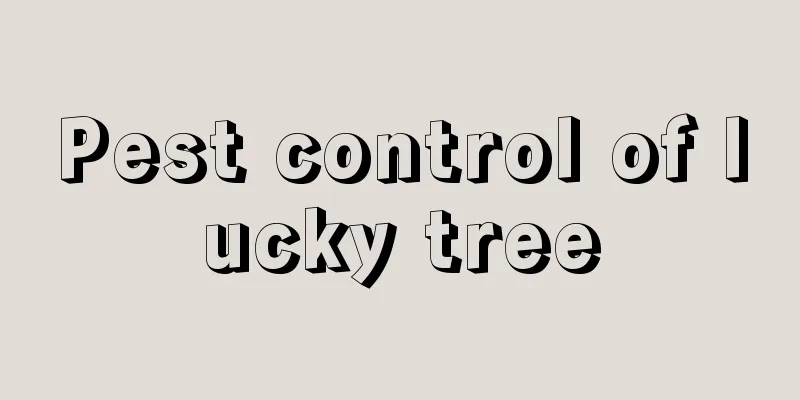What to do if the black orchid has root rot

Causes of root rotOverwateringThe main reason for root rot is excessive watering, the orchid plant fails to absorb water in time, and the potting soil remains moist for a long time or even accumulates water. If the soil is not breathable for a long time, the roots will not get enough nutrients and will rot. Poor soil permeabilityPoor soil permeability is linked to watering. If the soil is too sticky, it will easily become compacted, and water will stay on the soil surface for a long time, making it difficult for the roots to absorb water. Fungal infectionsMo orchid root rot is a plant disease generally caused by fungi, nematodes, and bacteria. Root rot is a soil-borne disease, which is mainly transmitted through moisture in the soil, underground insects and nematodes. What to do if the roots rotCut off the rotten partWhen you find that the roots of the black orchid are rotten, take the black orchid out of the pot. Depending on the degree of root rot, cut off the moldy, blackened, and hollow rhizomes and keep the unrotten parts. At the same time, cut off the diseased leaves with spots and yellowing. As long as the bulb is not completely rotten, it can survive. Soil replacementUse old red bricks to be knocked into the size of hickory nuts, and add bark in a ratio of 1:1. If you only use soil, also add broken red bricks, put the large broken pieces at the bottom, and the small ones and soil at the top. However, in order to prevent the plant from being infected by bacteria, you should change to a clean plain clay pot when replanting it, or you can choose to plant it in unpolluted plain sand. SprayingThere must be some kind of pathogen causing root rot in the plant, so spray the fungicide in time and use carbendazim to irrigate the roots 2 to 3 times. Control water and fertilizerIn the subsequent maintenance, it is necessary to control water and fertilizer. Water when the soil is dry or wet. Stop watering when water starts to flow out from the bottom of the pot. Water again when the surface of the pot becomes dry or even white. Do not fertilize the re-potted orchid until it resumes growing. |
<<: How to deal with orchid root rot
>>: Diseases and prevention methods of Molan
Recommend
Can Schefflera be propagated by cuttings in summer?
1. Is it possible to take cuttings? Schefflera ca...
How often should I water heather?
1. How often should I water? Heather has differen...
When is the best time to sow mung beans in the north?
Suitable time for sowing mung beans in the north ...
The efficacy and function of Duzhanchun
Ornamental value As its name suggests, Duzhanchun...
If you don’t change the pot for the flower now, it will die in a minute!
Repotting Gardenia Many people have bought garden...
The difference between yellow calamus and calamus
1. Difference of blades The leaves of Iris pumila...
How to store ginger seeds for next year's planting (storage method for ginger seeds for wintering)
How to preserve ginger When saving seeds , you mu...
How often should you water your plum tree?
How often should you water your plum tree? When w...
What to do if the leaves of spiderwort become dry
Too much watering Net-veined grass is a plant tha...
How to divide Dendrobium
Dendrobium division time Dendrobium is an orchid ...
Succulent plants watering or spraying
When caring for succulents, watering and spraying...
Mimosa seeds planting method and time When is the best time to plant seeds
Suitable planting time for mimosa seeds The best ...
In which month can lettuce be planted in the north?
Lettuce is a nutritious vegetable with a crisp ta...
How to deal with Kalanchoe after it blooms? How to prune after it withers
Post-flowering treatment of Kalanchoe 1. Pruning ...
How does a mage cultivate old piles of succulent plants? How does a mage cultivate old piles?
· The mage raised many old piles There are many t...









